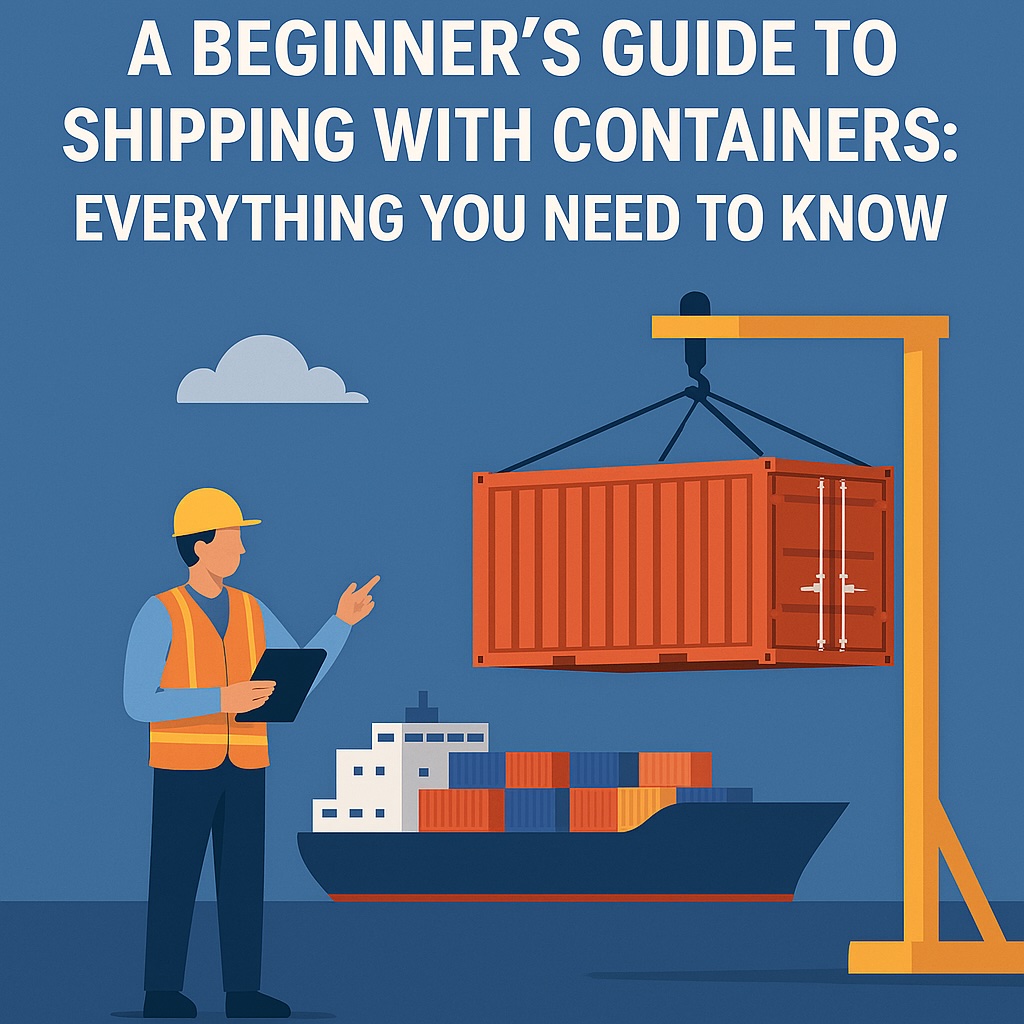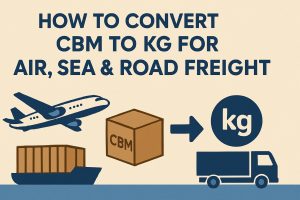If you’re new to the world of container shipping, the process can seem overwhelming. From booking a container to ensuring your cargo arrives safely, there are many steps involved. But don’t worry—this guide will walk you through the essentials so you can ship with confidence.
1. Understanding Container Shipping Basics
What is Container Shipping?
Container shipping is the most common method for transporting goods internationally. Standardized metal containers (typically 20ft or 40ft in size) are loaded onto ships, trucks, or trains, making global trade efficient and secure.
Types of Containers
2. How to Ship with Containers: Step-by-Step
Step 1: Plan Your Shipment
- Know Your Cargo: Weight, dimensions, and special requirements (temperature control, hazardous materials).
- Choose the Right Container Size: A 20ft container holds ~10 standard pallets; a 40ft holds ~20.
Step 2: Find a Freight Forwarder or Shipping Line
A freight forwarder helps arrange transport, while a shipping line (like Maersk or MSC) operates the vessels. Compare rates and services before booking.
Step 3: Book Your Container & Arrange Transport
- FCL (Full Container Load) – You pay for the entire container (best for large shipments).
- LCL (Less than Container Load) – You share space with other shippers (cheaper for small loads).
Step 4: Prepare Documentation
Essential paperwork includes:
- Bill of Lading (B/L) – Your cargo’s contract with the shipping line.
- Commercial Invoice & Packing List – Details of goods and value.
- Customs Declarations – Required for import/export clearance.
Step 5: Pack & Load Your Container
- Secure Goods Properly: Use straps, dunnage, or pallets to prevent damage.
- Check Weight Limits: Overloaded containers can lead to fines or rejection.
Step 6: Track Your Shipment
Most shipping lines provide online tracking (via container number or B/L).
Step 7: Clear Customs & Receive Cargo
- Import Duties & Taxes: Check regulations in the destination country.
- Arrange Last-Mile Delivery: If needed, hire a trucking service for final transport.
3. Common Mistakes to Avoid
❌ Underestimating Costs – Besides freight charges, factor in insurance, customs fees, and port charges.
❌ Poor Packing – Improperly secured cargo can shift and get damaged.
❌ Ignoring Incoterms – Understand who handles costs/risks (e.g., FOB vs. CIF).
❌ Missing Deadlines – Late documentation can delay shipments.
4. Tips for First-Time Shippers
✅ Start Small – Try LCL before committing to FCL.
✅ Get Insurance – Protects against loss or damage.
✅ Work with Experts – A good freight forwarder simplifies the process.
✅ Stay Updated on Regulations – Trade laws change frequently (e.g., sanctions, tariffs).
Final Thoughts
Container shipping is a cost-effective way to move goods globally, but it requires careful planning. By following this guide, you’ll avoid common pitfalls and ensure a smooth shipping experience.

